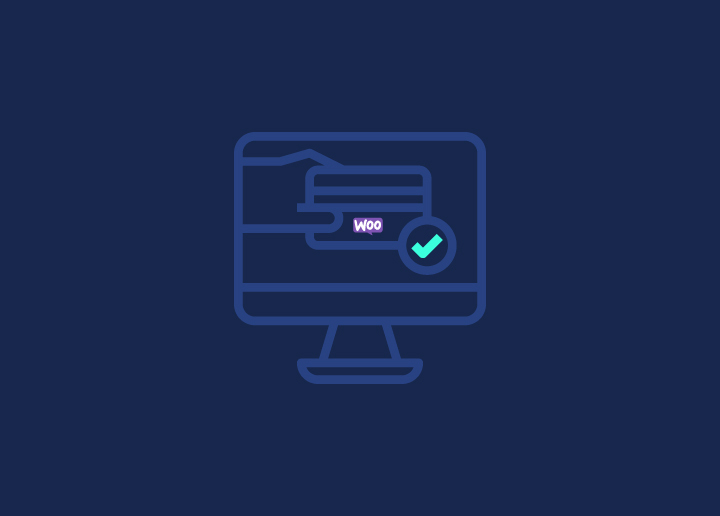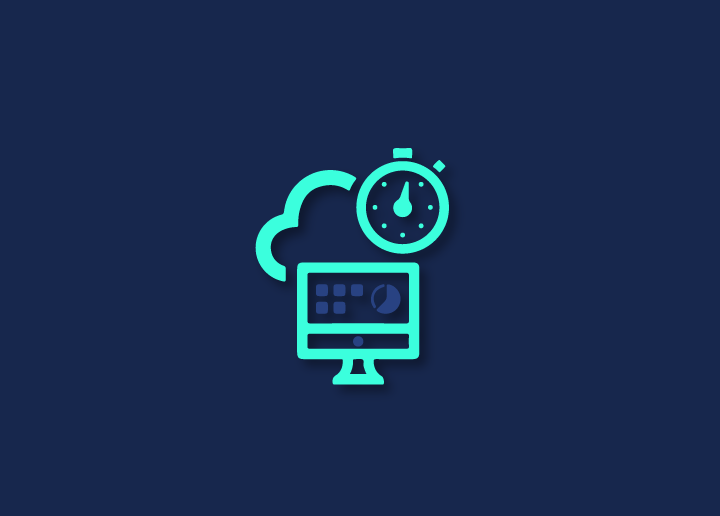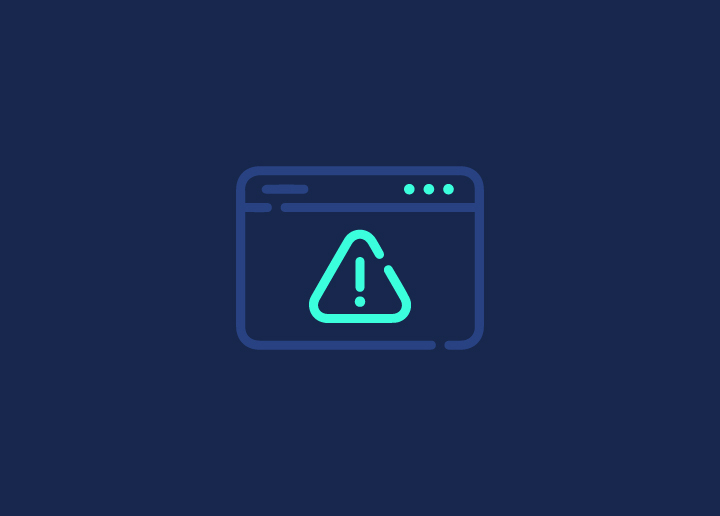The front-end of a website is the part that users interact with. It includes the design, layout, and content of the web page. On the other hand, the back-end is the part of the website that runs on a server and powers the front-end.
Optimizing the front-end of a website can help improve its performance and user experience. There are many factors to consider when optimizing the front-end, such as loading times, file size, and browser compatibility. By making changes to the front-end code, designers and developers can improve how a website looks and feels to users.
Contents
ToggleWhy optimize the front-end?
Front-end optimization has many benefits, including improved performance, reduced server load, and decreased page load times. By optimizing the front-end of your website, you can improve your overall website speed and user experience. Additionally, front-end optimization can help you save money on hosting and bandwidth costs.
How to optimize the front-end of your website?
Assuming you have a website that’s already been built, you can do a few things to optimize the front-end and improve performance. These tips should help you get started:
1. Use a tool like Google’s PageSpeed Insights to test the speed of your website and identify potential issues.
2. Minimize HTTP requests by using CSS sprites, combining files, and using data URIs instead of images where possible.
3. Reduce the size of your HTML, CSS, and JavaScript files by minifying them and using Gzip compression.
4. Ensure your website uses caching effectively to minimize the time needed to generate pages for repeat visitors.
5. Consider using a content delivery network (CDN) to serve static assets from locations closer to your users.
By following these tips, you can significantly improve your website’s performance. Remember that even minor improvements can make a big difference when it comes to user experience.
Conclusion
Front-end optimization is essential to any website’s design and development process. Optimizing your website’s front-end can improve your website’s performance and make it easier for users to find the information they need. Following the above-mentioned tips, you can optimize your website’s front-end today.
If you want to improve your website’s performance, don’t hesitate to contact us!
















